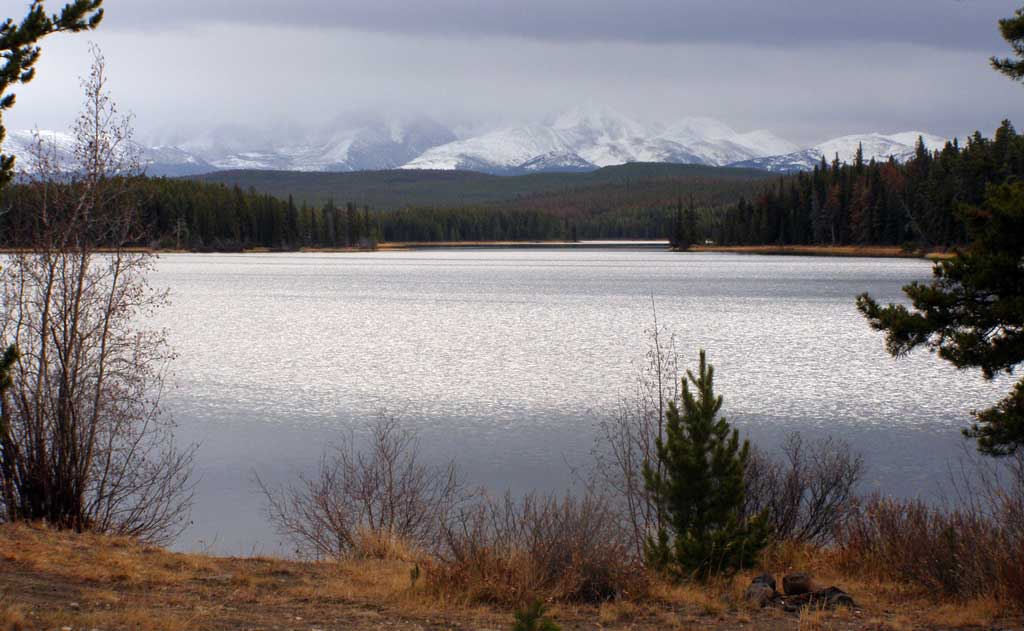The new federal Impact Assessment Act, previously known as Bill C-69, came into force at 12:01 this morning. We should be celebrating, but it's hard to cheer too enthusiastically when the law is so much less than it should have been. We worked intensely for three years, with experts and grassroots people across the country, to try to create a leading-edge impact assessment regime – one that would let communities, Indigenous peoples, and government make thoughtful and well-informed decisions about the sustainability of industrial development projects in the face of biodiversity, water, and climate crises.
What we got is a law that may allow that kind of evidence-based decision-making, if conditions are right and the right people are in charge, but it failed to make the process more independent, and it doesn't set out a lot of actual requirements – other than that the process not to take too long. Worse, it applies to even fewer projects than the Harper Conservatives much-maligned 2012 Canadian Environmental Assessment Act. We looked at the mining projects filed under CEAA 2012 and found that almost 30% of them wouldn't meet the new regulations' thresholds for assessment. And of course the government registry doesn't include all the projects that weren't covered under that law.
Meanwhile, we're still trying to find a mining project that didn't actually need an impact assessment.
MiningWatch is one of seven environmental organizations that released a report card on the new Act, giving it a C grade. We figured the Act would have gotten a B if it weren’t for those regulations reducing the number of projects subject to assessments. The report card grades the new legislation against 13 essential criteria required for leading-edge environmental assessment – including an objective to ensure long-term sustainability, a climate test, meaningful public participation, and respect for the rights and authority of Indigenous peoples.
As my co-chair in the Canadian Environmental Network's Environmental Planning and Assessment Caucus, Anna Johnston, with West Coast Environmental Law, put it:
“The gutting of Canadian environmental laws in 2012 led to so much outcry that the government promised to restore the credibility of environmental assessments. But with weak regulations that actually reduce even further the number of projects being reviewed – and a huge amount of discretion in the legislation – the Act fails to deliver on that promise. Although the law lays the foundation for leading-edge environmental assessments, many of the strongest provisions are essentially optional.”
For example, while the Act requires an assessment of a proposed project’s climate impacts, the legislation does not prevent projects from being approved if they are inconsistent with Canada’s greenhouse gas reduction targets. Similarly, there are no backstops or safeguards to prevent community interests or critical ecological elements from being damaged or destroyed if the project is determined to be "in the public interest" overall.
At the same time, even if it fails to meet our expectations, or even the government's own objectives, the new Act still brings some important improvements. It creates an early planning phase, where the public can be engaged even before proponents have committed themselves to specific plan, or even started making detailed plans -- and have support from the Impact Assessment Agency so that they can be shielded from potentially manipulative engagement by proponents. It requires a "Gender-Based Analysis Plus", which means that socio-cultural and economic impacts on women and on different segments of society have to be considered. And even if it doesn't set out clear requirements and accountability mechanisms, it does require economic impacts -- positive and negative -- be put on the table as part of an overall sustainability assessment, rather than kept as trump cards up the sleeves of Cabinet ministers to justify approving disastrous projects. They still have that power, but at least we have a much greater degree of transparency, and with it a bit more accountability.
In March 2018, the organizations graded the proposed Impact Assessment Act (Bill C-69) using similar criteria, and gave it a C-. Amendments made in the House of Commons earlier this year helped to improve its score, including by limiting the involvement of the widely reviled National Energy Board and Canadian Nuclear Safety Commission.
